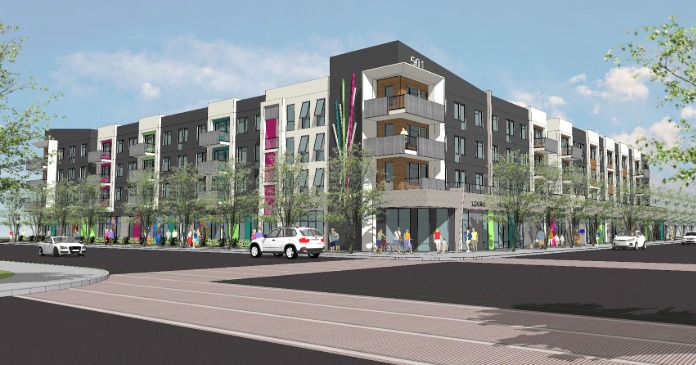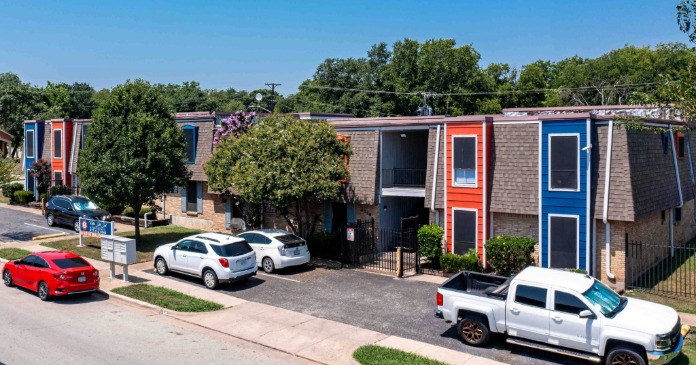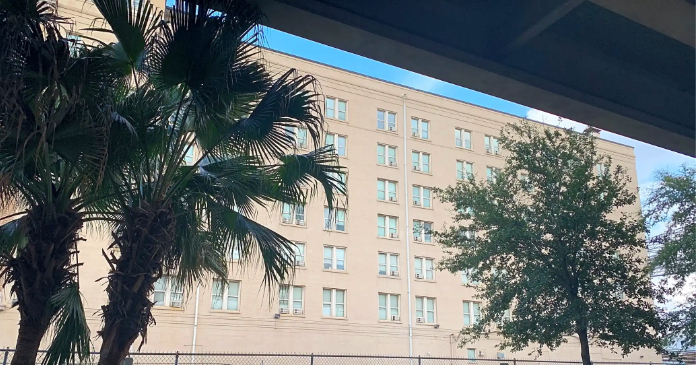Regulations designed to protect renters from discrimination and eviction are having the unintended consequence of driving up rents for the very people they aim to help, according to a comprehensive new study of rental markets across hundreds of U.S. metropolitan areas.
The research, sponsored by the National Apartment Association and the National Multifamily Housing Council and conducted by economists Daniel Shoag and Issi Romem of MetroSight, analyzed rent data from 391 metropolitan areas over more than two decades and found that three categories of tenant protection laws consistently led to higher rents. The increases were particularly pronounced for lower-income households and residents of smaller apartment buildings.
“While they offer critical safeguards for residents, they also raise the cost of providing rental housing, which we show leads to higher rents, especially for affordable units,” the researchers concluded in their August report.
The study comes as housing affordability has become a nationwide concern, with more than 21 million renter households—nearly half of all U.S. renters—spending more than 30 percent of their income on housing, according to Census Bureau data.
Measuring the impact
The researchers examined four types of regulations using data from CoStar Group, a commercial real estate information provider, and the Census Bureau’s American Community Survey (ACS). Their analysis spanned from 2000 to 2024 for CoStar data and 2005 to 2023 for ACS data, providing robust evidence across multiple datasets. The study analyzed how rents changed over time in areas that adopted each type of regulation compared to areas that did not.
Source-of-income laws, which prohibit landlords from rejecting tenants based on their income source, such as housing vouchers or disability benefits, showed the most consistent impact. These regulations increased rents by 5.3 percent in the CoStar dataset and 5.2 percent in ACS data—translating to annual increases of approximately $1,104 and $876 per unit, respectively.
Eviction regulations, including “just cause” eviction laws that require landlords to show legal grounds for removing tenants, produced even larger rent increases. These rules drove up rents by 5.9 percent in CoStar data and 6.5 percent in ACS data, corresponding to annual increases of $1,224 and $1,092 per unit.
Resident screening laws, which limit landlords’ ability to consider factors like criminal history or credit scores when evaluating applicants, had a smaller but still significant impact. These regulations increased rents by 3.4 percent in CoStar data and 1.5 percent in ACS data, adding $708 and $252 annually per unit.
Notably, state preemption laws that limit local governments’ authority to impose rental regulations showed no statistically significant impact on rents, suggesting they may help prevent cost increases without driving rents higher.
Burden falls on vulnerable renters
The rent increases weren’t evenly distributed across sectors of the multifamily market. Lower-income renters consistently faced larger relative increases across all three categories of regulations. For source-of-income laws, bottom-quartile earners saw rents rise 5.7 percent compared to no statistically significant impact on the highest-income quartile.
Similarly, residents of smaller multifamily properties bore a disproportionate burden. Two- to four-unit buildings experienced the largest rent increases: 6.8 percent for source-of-income laws, 8.4 percent for eviction regulations, and 2.0 percent for screening laws. Larger apartment complexes with 50 or more units showed smaller or no statistically significant increases.
“Smaller multifamily buildings, which typically offer fewer amenities, tend to serve lower-income households,” the researchers noted. These properties are also “frequently owned and managed by operators with limited financial capacity to absorb increased operating costs,” making them more likely to pass compliance expenses directly to renters.
Economic logic
The findings align with economic theory about cost pass-through in rental markets. When property owners face higher compliance costs—whether from regulatory requirements, property taxes, or maintenance expenses—they typically pass some or all of those costs to tenants through higher rents.
The degree of pass-through depends on local market conditions. In segments where demand is relatively inelastic, such as among lower-income households with limited housing options, landlords can more easily shift costs to renters. This explains why the regulations’ impact was concentrated among low-income populations.
The researchers’ earlier work found that these same regulations increased operating costs and reduced revenue for property owners, providing a direct mechanism for the rent increases observed in the current study.
Policy implications
The research adds complexity to housing policy debates as lawmakers nationwide grapple with affordability challenges. While tenant protection laws serve important purposes—preventing discrimination, ensuring due process in evictions, and promoting housing stability—they appear to create trade-offs that policymakers haven’t fully considered.
“A balanced approach is essential,” the researchers concluded. “Policymakers should consider rental housing regulations in light of their adverse impact to affordability.”
The study’s methodology—a difference-in-differences analysis that compared rent changes in areas that adopted regulations versus those that didn’t—provides strong evidence for causal relationships rather than mere correlation. The researchers also conducted multiple robustness checks to ensure their findings weren’t driven by pandemic effects, political environments, or other confounding factors.
As housing costs continue rising nationwide, the research suggests that well-intentioned regulations may be contributing to the very problem they aim to solve. Future research will examine whether these laws also discourage new rental housing construction, potentially compounding their impact on affordability.
The findings underscore a fundamental tension in housing policy: protecting existing tenants while maintaining affordability for future renters may require more nuanced approaches than current regulatory frameworks provide.
The full study is available here.













